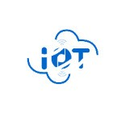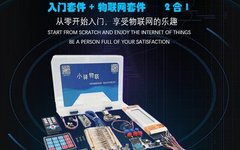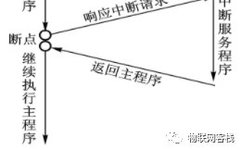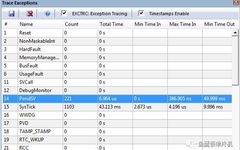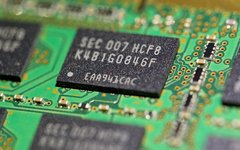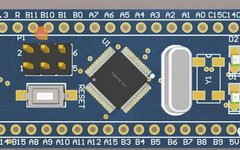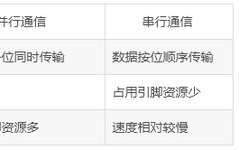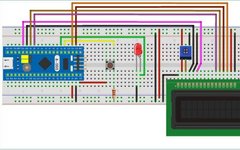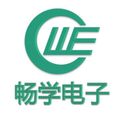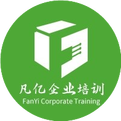STM32 IoT Kit Basics 06 – Serial Communication
Click the blue text above: IoT Inn Serial communication plays a very important role in embedded development. It is often used to debug systems, print necessary debugging information, and help us analyze and locate problems. Many common peripherals also support serial protocols, such as WIFI modules, Bluetooth modules, 4G modules, fingerprint modules, PM2.5 sensors, formaldehyde … Read more
